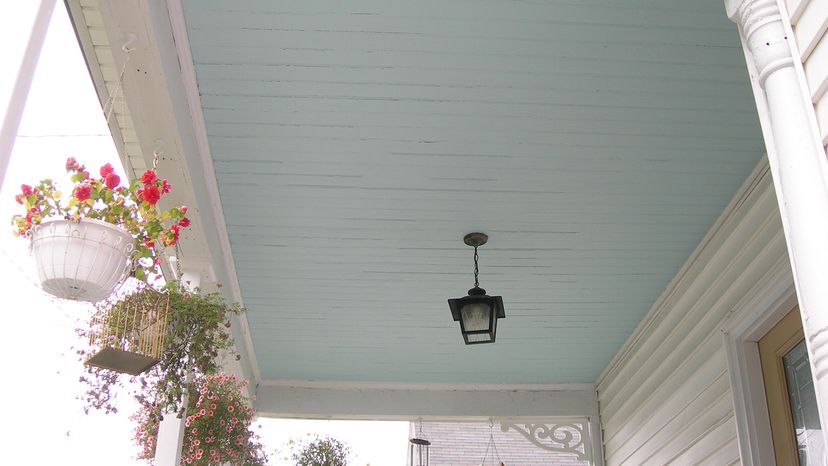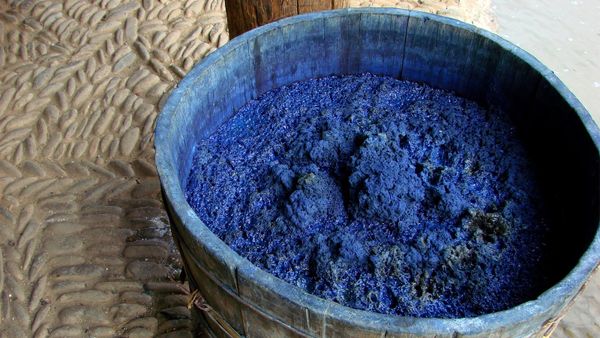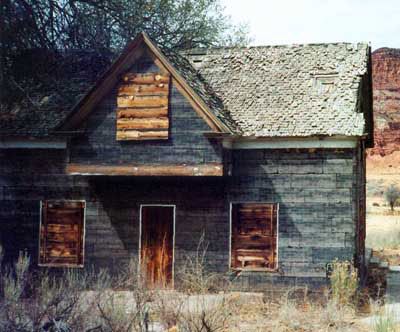The indigo (indigofera tinctoria) plant is the natural source of the bold blue color that's been prized for centuries across cultures for its spiritual power and as a symbol of wealth. It was so valuable it earned the name blue gold, mostly due to the specialized and laborious processes required to extract the dye from the indigo plant. The cultivation practices were used by numerous ancient civilizations and date back five centuries in parts of Africa.
When the Europeans colonized America, they found that the indigo plant thrived in the subtropical, marshy lands of the lowcountry. Given the need for experienced indigo workers, plantation owners bought and exploited the skills of African slaves. By the mid-18th century, indigo had become one of America's most valuable exports — lining the pockets of plantation owners on the backs of the people who grew it.
"Blue was available to the Gullah from the colonial cultivation of indigo, where they used the dregs from the indigo vats, but the spiritual power of blue is a worldwide belief," says Pinckney. Mixing the dregs, or leftover remnants, in a pit with lime, milk and other pigments, they formed a shade of robin's egg blue paint that would become known as 'haint blue.' The lowcountry is a land of blue water and blue sky. The blue paint tricks the spirits into thinking they've stumbled into water, which they cannot cross, or tumbled into the sky, falling farther away from their victims. Slathered on the doors, windowsills and porch ceilings of their homes, it served to create a safety barrier against the invisible and destructive haints that roamed the lowlands looking for souls to haunt.
Today the tradition of using haint blue has gone mainstream, shifting from shacks to grand houses and design magazines. Many Southerners find it creates an expansive feel or are simply following in the footsteps of family or neighbors, often without the awareness of the color's historical significance.
If you find yourself sitting under the blue of a porch ceiling or driving past a grand home outlined in the soft haint blue hue, you're encompassed by a tradition that continues to induce calm but one that cannot be separated from the troubled history of America's past. And if you're a believer in ghosts, you better look out. The haints that can't get into the house may very well still be lurking just around the corner.


